Crypto Exchange Safety Checker
Use this checklist to evaluate a cryptocurrency exchange for safety and legitimacy before depositing funds.
Evaluation Result
When a new crypto platform shows up with a catchy name, it’s tempting to dive in and chase the hype. But before you connect a wallet or fund an account, you need a clear picture of what you’re dealing with. This review breaks down BitFriends Exchange, tests its credibility, and puts it side‑by‑side with the biggest players in the market.
What is BitFriends Exchange?
BitFriends Exchange is a cryptocurrency exchange that positions itself as a user‑friendly platform for buying, selling, and swapping digital assets. The site’s branding emphasizes community, low fees, and fast withdrawals, but concrete details about its founding year, licensing jurisdiction, or leadership team are scarce.
Because the exchange isn’t listed on major industry trackers, the first question is whether it even exists beyond a marketing landing page.
Red Flags and Missing Information
Legitimate exchanges normally publish a transparent about us page, regulatory licenses, and audit reports. BitFriends Exchange lacks any of these. A quick scan of public registries shows no corporate entity registered under the name, and there are no reviews on reputable forums such as Reddit or Bitcointalk.
Another warning sign is the absence of security certifications. Established platforms like Binance and Kraken display SSL certificates, two‑factor authentication (2FA) options, and cold‑storage statistics. BitFriends Exchange does not mention cold wallets, insurance coverage, or any security‑partner audits.
Scams in the crypto space often masquerade as new exchanges, offering “zero‑fee trading” to lure victims into pig butchering scams. In that scheme, scammers build a relationship, convince the target to invest, and then disappear with the funds. The lack of verifiable data for BitFriends Exchange makes it a prime candidate for such fraud.
How to Evaluate a Crypto Exchange
Use this checklist before signing up anywhere:
- Regulatory registration - check for licenses in the jurisdiction of operation.
- Security measures - confirm 2FA, cold storage, and insurance.
- Transparency - look for clear leadership information and audit reports.
- Liquidity - ensure the exchange can handle the trade size you need.
- Customer support - test response times via live chat or email.
If an exchange fails several of these points, it’s safer to walk away.
Side‑by‑Side Comparison
| Feature | BitFriends Exchange | Binance | Coinbase | Kraken | Bitstamp |
|---|---|---|---|---|---|
| Founded | Unknown | 2017 | 2012 | 2011 | 2011 |
| Regulatory License | Not disclosed | Multiple (Malta, US, Singapore) | US & EU regulated | US, EU, Japan | EU, US |
| 2FA Support | Unclear | SMS, Authenticator, YubiKey | SMS, Authenticator | SMS, Authenticator, YubiKey | SMS, Authenticator |
| Cold‑Storage Ratio | Not disclosed | ~95% of assets | ~98% of assets | ~95% of assets | ~95% of assets |
| Trading Fees (maker/taker) | Not listed | 0.10% / 0.10% | 0.50% / 0.50% | 0.16% / 0.26% | 0.25% / 0.25% |
| Supported Coins | Few (BTC, ETH, USDT claimed) | 500+ | 250+ | 200+ | 200+ |
| Customer Support | Email only, response time unknown | Live chat, email, phone | Email, phone, live chat | Live chat, email | Email, phone |
The table highlights the information vacuum around BitFriends Exchange. In contrast, industry leaders provide clear data on every line item.
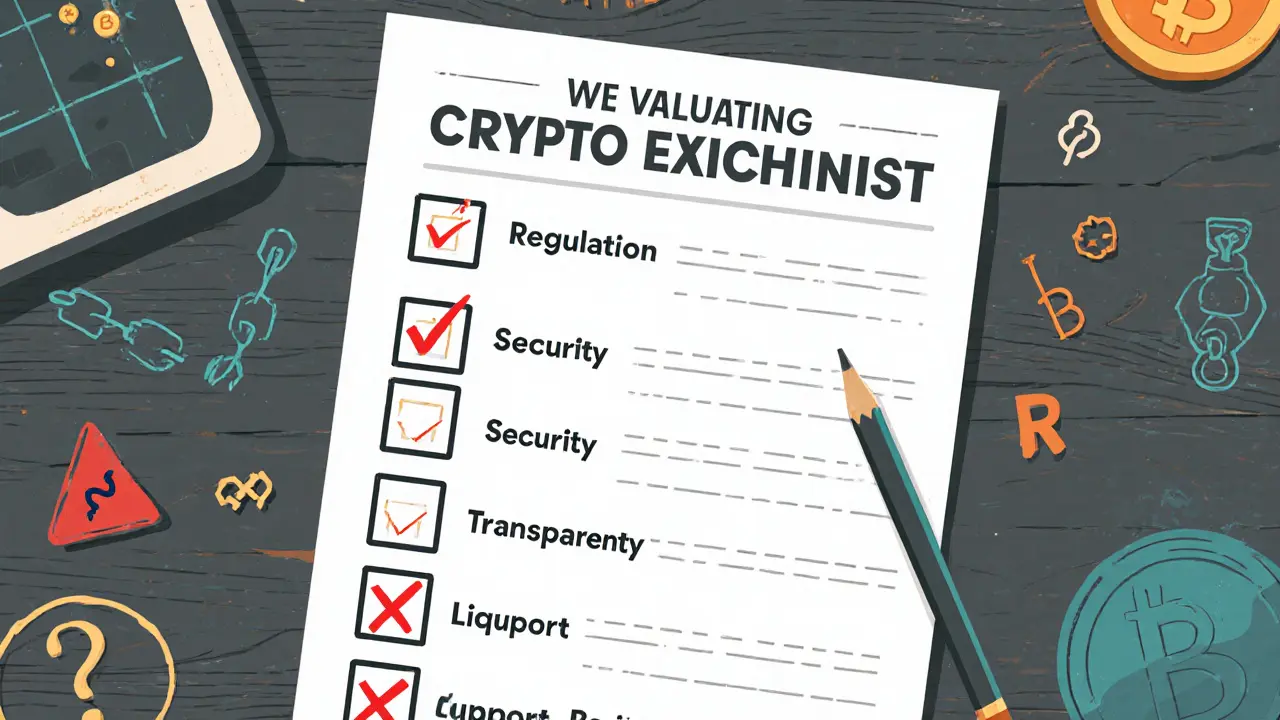
Pros and Cons of BitFriends Exchange
Potential pros (based on marketing claims):
- Simple UI that may appeal to beginners.
- Advertised low or zero fees.
Cons - the hard facts:
- No verifiable corporate registration.
- Security details are nonexistent.
- Liquidity unknown; could result in trade slippage.
- Customer support channels are limited.
- Not listed on reputable exchange rating sites.
When the cons outweigh the pros, the safest move is to stay away.
Safety Checklist Before You Deposit
If you still consider testing BitFriends Exchange, run through this mini‑audit:
- Search for a physical address or registered company name. If none appears, stop.
- Check for SSL/TLS encryption (look for “https” and a lock icon).
- Verify the presence of 2FA; if it’s missing, use a more secure platform.
- Read recent user reviews on independent forums. Absence of discussion is a red flag.
- Start with a tiny amount (e.g., $20) and withdraw immediately to test the process.
Trusted Alternatives for New Users
If you’re after a reliable gateway to crypto, these exchanges score high on every evaluation metric:
- Binance - massive liquidity, tiered fees, extensive educational resources.
- Coinbase - regulated in the US, beginner‑friendly UI, strong insurance coverage.
- Kraken - robust security, wide range of fiat on‑ramps, good customer support.
- Bitstamp - veteran exchange, transparent fee structure, EU compliance.
All of these platforms have publicly audited security practices and clear regulatory standing, which dramatically lowers the risk of losing your funds.
Final Verdict on BitFriends Exchange
Based on publicly available data, BitFriends Exchange fails to meet the essential criteria for a trustworthy crypto exchange. The lack of licensing information, security disclosures, and independent user feedback suggests a high probability of fraud or, at best, an untested startup that hasn’t earned community trust.
For anyone serious about crypto investing, it’s advisable to stick with established exchanges that provide transparency, strong security, and responsive support. Until BitFriends publishes verifiable documentation and undergoes third‑party audits, treat it as a potential scam.
Frequently Asked Questions
Is BitFriends Exchange a legitimate crypto platform?
There is no public evidence of licensing, security audits, or corporate registration for BitFriends Exchange, making its legitimacy highly questionable.
What are the biggest red flags when evaluating a new exchange?
Missing regulatory info, no clear security measures (like 2FA or cold‑storage), lack of transparent leadership, and absence of independent user reviews are major warning signs.
Can I test BitFriends with a small amount?
Testing with a tiny deposit is technically possible, but without proof of withdrawal reliability, even a small loss could indicate a scam.
Which exchanges are recommended for beginners?
Coinbase and Binance both offer intuitive interfaces, regulated operations, and extensive educational materials that suit newcomers.
How can I protect myself from fake exchanges?
Always verify the exchange’s registration, look for third‑party security audits, enable two‑factor authentication, and search for community feedback before depositing funds.
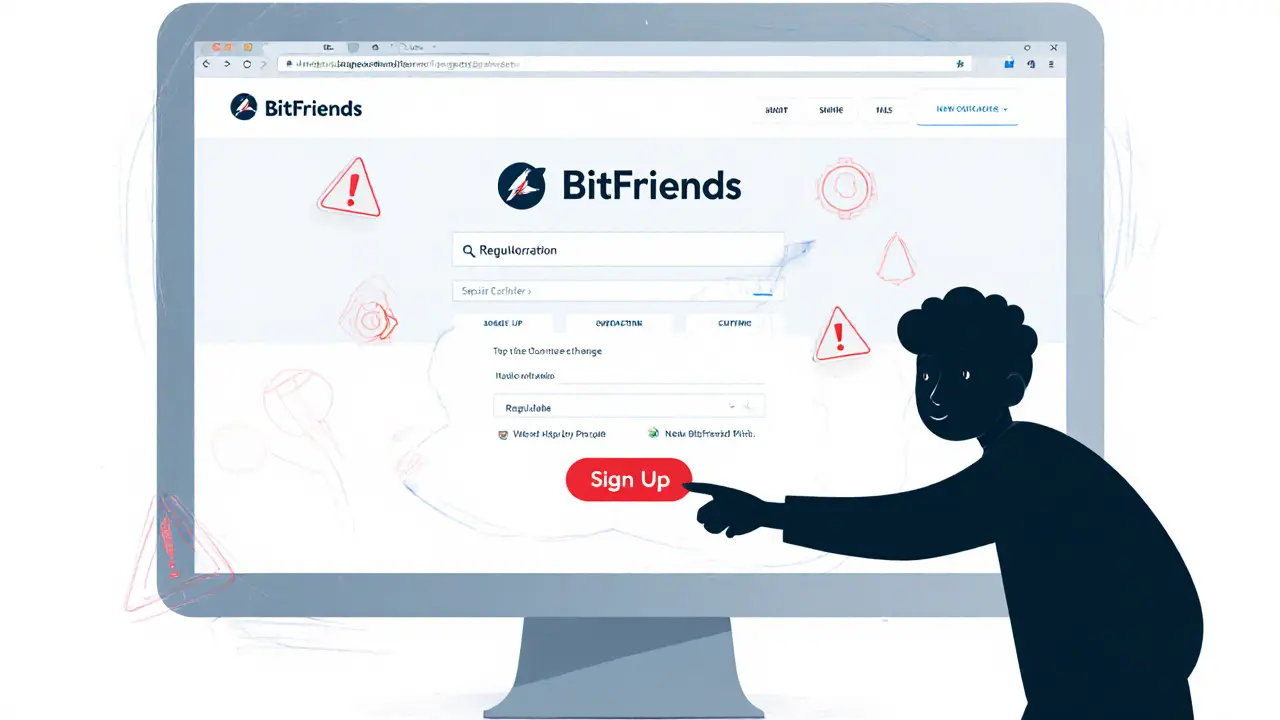

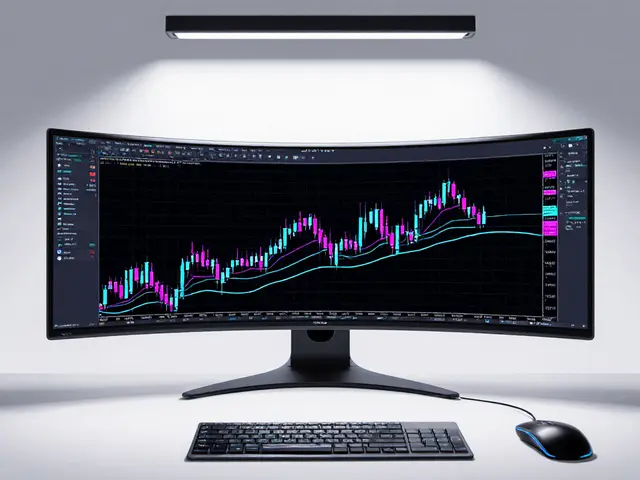
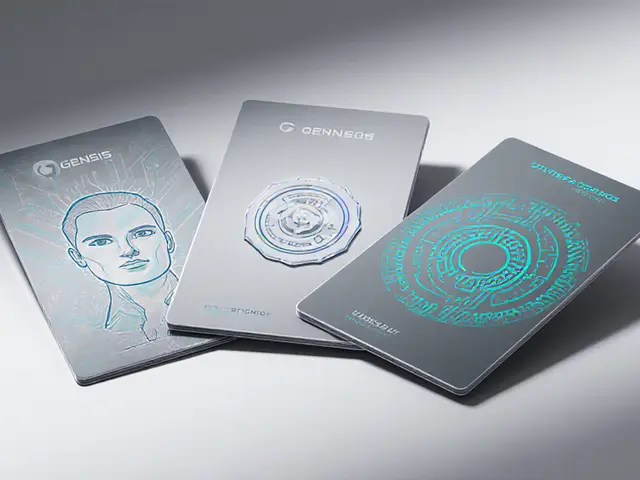
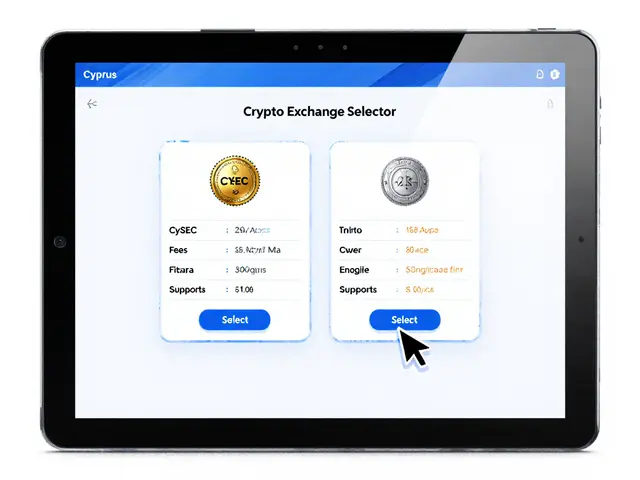
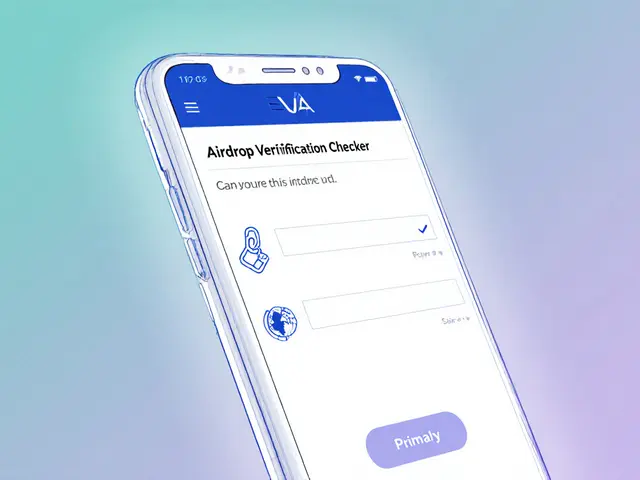
Scott McReynolds
5 October, 2025 . 09:31 AM
When we look at the broader landscape of crypto exchanges, it’s easy to get lost in a sea of hype and marketing fluff, but taking a step back and applying a philosophical lens can illuminate the deeper truths hidden beneath the surface. The first principle we must accept is that trust is earned, not given, and any platform that shies away from transparent disclosures is fundamentally misaligned with that principle. Consider the notion of epistemic humility: even the most seasoned traders admit they cannot know every detail of a platform’s internal security architecture, yet they still demand evidence of rigorous audits and clear regulatory footing. This is not mere paranoia; it is a rational response to the asymmetry of information that pervades the crypto ecosystem. Moreover, the concept of community stewardship argues that platforms should actively foster open dialogue, publish whitepapers, and invite third‑party verification, because a healthy exchange thrives on collective scrutiny. In the absence of such practices, the risk of a hidden agenda escalates dramatically, and we ought to treat such entities with the same caution we would afford a stranger asking for our bank account details. The historical record is littered with cases where seemingly innocuous startups vanished overnight, leaving investors stranded, and those narratives serve as cautionary tales that should inform our present decisions. By employing a systematic checklist-regulatory licensing, security protocols like 2FA and cold storage, transparent leadership, liquidity depth, and responsive support-we can construct a robust risk matrix that quantifies the safety of any given platform. If the matrix yields a low score, the prudent course is to divert resources toward established exchanges that have weathered multiple market cycles and survived rigorous scrutiny. Finally, we must remember that the allure of “zero‑fee” trading is often a Trojan horse, disguising hidden costs, lower liquidity, or outright fraud. Thus, a balanced approach that blends optimism for innovation with sober risk assessment will serve us best in navigating the ever‑evolving realm of crypto exchanges.
Patrick MANCLIÈRE
7 October, 2025 . 03:11 AM
Great points raised above! To add some concrete steps, start by checking the exchange’s registration details on the official financial authority website of its claimed jurisdiction. Then verify the presence of SSL encryption (look for the padlock icon) and ensure that two‑factor authentication is mandatory for withdrawals. Next, search for third‑party security audits; reputable firms like CertiK or Trail of Bits usually publish their reports publicly. If the platform claims cold storage, request the percentage of assets held offline; a figure above 80% is a good benchmark. Finally, test the customer support by sending a quick inquiry-response time under 24 hours is a reasonable expectation. Following this checklist will give you a clearer picture before committing any funds.
Kortney Williams
8 October, 2025 . 20:51 PM
I’ve been watching the crypto space for a while, and I tend to side with caution when something feels too vague. The lack of a clear corporate address or leadership bios is a red flag that shouldn’t be ignored. While low fees sound attractive, they often come at the cost of hidden risks, especially if the exchange isn’t regulated. It’s better to deposit a tiny amount first, just to test the waters, and withdraw it immediately to see if the process is smooth.
Laurie Kathiari
10 October, 2025 . 14:31 PM
Honestly, the whole “BitFriends” narrative reeks of a classic pump‑and‑dump scheme dressed up in a friendly veneer. The absence of any verifiable licensing is not just an oversight; it’s a blatant invitation for fraudsters to operate unchecked. It’s akin to walking into a casino that refuses to show its payout table-how can anyone trust the house? If you value your hard‑earned crypto, steer clear of such shadowy platforms and keep your assets where transparency is the norm.
Jim Griffiths
12 October, 2025 . 08:11 AM
Skip it.
Matt Nguyen
14 October, 2025 . 01:51 AM
Yo, everytime a new name popz up, it’s a setuup. The “official” site could be a fake speg page run by some 5‑G hacker, no joke. They prob r tryn 2 steal your keys, so keep ur wallets locked tight, fam.
Taylor Gibbs
15 October, 2025 . 19:31 PM
Hey folks, just wanted to chime in with a friendly reminder: if you’re ever unsure about an exchange, it’s perfectly okay to step back and do more research. Community members are always happy to share resources and personal experiences, so feel free to ask for help without feeling judged. We’re all learning together, and supporting each other makes the whole ecosystem stronger.
Kimberly Kempken
17 October, 2025 . 13:11 PM
Seriously? You’d actually consider putting money into a platform that refuses to show any credentials? That’s the kind of naïve optimism that gets people burned, and I’m not about to sit back and watch it happen. If you want to be taken seriously in crypto, start demanding proof, not just glossy marketing copy.
stephanie lauman
19 October, 2025 . 06:51 AM
While I respect the desire for openness, it is essential to base any claim on verifiable data. The lack of publicly audited security measures suggests a high probability of systemic risk, and therefore, an investment would be imprudent. Please consider the long‑term ramifications before proceeding. :)
Carthach Ó Maonaigh
21 October, 2025 . 00:31 AM
Ha! Another “friend‑zone” exchange trying to sound legit while hiding under a rug. If they’re so scared of criticism, why not just post a legit licence? The whole thing smacks of a phishing trap – stay clear, you’ll thank me later.
Greer Pitts
22 October, 2025 . 18:11 PM
I get where you’re coming from, but let’s not jump to conclusions too fast. I’ve seen a few startups struggle with compliance paperwork early on, yet they eventually sort it out. Maybe reaching out to their support could clarify things before we write them off completely.
Jenise Williams-Green
24 October, 2025 . 11:51 AM
OH BOY, HERE WE GO – YET ANOTHER “IT’S NOT A SCAM” CLAIM FROM A BUYER BEWARE POST! LET’S BE REAL: IF YOU CAN’T FIND BASIC INFO, IT’S NOT A COINCIDENCE, IT’S A WARNING! THE RED FLAGS ARE LIT‑UP LIKE A CHRISTMAS TREE AND YOU’RE STILL THINKING OF GIVING THEM YOUR MONEY? NO, THANK YOU!
Shaian Rawlins
26 October, 2025 . 05:31 AM
It’s great to see everyone sharing their perspectives; the crypto world thrives on open discussion. I’d like to add that even if a platform looks imperfect at first glance, a thorough due‑diligence process can sometimes reveal hidden strengths, such as innovative technology or a solid development team. Still, the absence of clear regulatory information is a major hurdle that most reputable exchanges readily clear. For newcomers, I recommend starting with a small test deposit on a well‑known platform, then gradually exploring newer services only after they’ve proven their reliability over time. Remember, patience and prudence are your best allies in this fast‑moving market.
Tyrone Tubero
27 October, 2025 . 23:11 PM
Well, if you think any platform without a glossy PR campaign is automatically a winner, you’re living in a fantasy. Real innovation requires more than buzzwords; it demands substance, which BitFriends clearly lacks.
Rob Watts
29 October, 2025 . 16:51 PM
Want to stay safe? Do your homework. Look for licenses and 2FA. No shortcuts.
mukesh chy
31 October, 2025 . 10:31 AM
Oh, please. If you actually read the fine print you’d see that every “new” exchange is just a re‑branded scam trying to ride the hype wave. Don’t be fooled by their slick UI – it’s all smoke and mirrors.
Amal Al.
2 November, 2025 . 04:11 AM
Let’s keep the conversation constructive, shall we? While it’s easy to dismiss a platform outright, providing clear, actionable feedback helps the community make better decisions. For example, suggesting they publish an audit report or disclose their regulatory status would be a positive step forward. Encouraging transparency benefits everyone, and it’s a more productive approach than outright mockery.
Alex Gatti
3 November, 2025 . 21:51 PM
Hey everyone, I’m curious about the practical side of evaluating new exchanges. What specific metrics do you find most reliable when you’re on the fence?
Twinkle Shop
5 November, 2025 . 15:31 PM
When assessing a nascent exchange, I prioritize quantitative KPIs: daily trading volume (> $10 M is a good baseline), order‑book depth (tight spreads across major pairs), and latency metrics (sub‑500 ms execution). Coupled with qualitative factors such as regulatory compliance (license number, jurisdiction), security architecture (cold‑storage ratio, multi‑sig wallets), and community sentiment (verified reviews on independent forums), you obtain a holistic risk profile. This multi‑dimensional framework mitigates exposure to opaque platforms that lack solid fundamentals.
Adarsh Menon
7 November, 2025 . 09:11 AM
Wow, another “expert” spouting buzz‑words while the real question is: will they actually return my money? If you can’t prove it, it’s just talk.
Cynthia Rice
9 November, 2025 . 02:51 AM
Sounds like a red flag, period.
Promise Usoh
10 November, 2025 . 20:31 PM
In conclusion, it is advisable to prioritize exchanges that demonstrate robust governance structures and comply with established regulatory frameworks; failure to do so may result in heightened exposure to fiduciary risks.